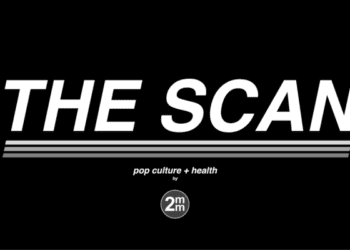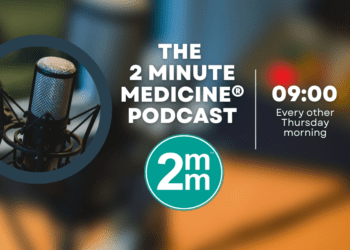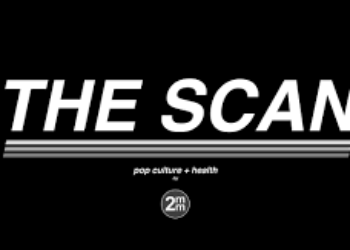Quick Take: Association of Prenatal Exposure to Air Pollution with Autism Spectrum Disorder
Autism spectrum disorder (ASD) has a poorly understood etiology, with some evidence suggesting that environmental contaminants and air pollution may be potential risk factors. In this cohort study, investigators examined data from 132,256 births in Metro Vancouver, British Columbia, Canada, in order to assess whether maternal monthly mean exposures to particulate matter with a diameter less than 2.5 micrometers (PM2.5), nitric oxide (NO), or nitrogen dioxide (NO2) were associated with their children developing ASD. Environmental exposures at maternal residence during pregnancy were estimated with temporally adjusted, high-resolution land use regression models. Investigators found that out of 132,256 births, 1307 (1.0%) children were diagnosed with ASD by the age of 5 years. For mothers, the median monthly mean exposure during pregnancy of PM2.5 was 3.5 µg/m3 (IQR 2.7 to 4.2), 18.3 parts per billion (ppb) of NO (IQR 14.0 to 24.7), and 14.3 ppb for NO2 (IQR 12.2 to 17.0). After adjusted logistic regression, it was found that mothers exposed to increased amounts of NO had significantly higher odds of having children with ASD (OR 1.07, 95% CI 1.01 to 1.31). The associations for small particulates and NO2 were not statistically significant. In full pregnancy models, the odds ratios for male children were 1.05 for PM2.5 (95% CI 0.98 to 1.10), 1.09 for NO (95% CI 1.02 to 1.15), and 1.07 for NO2 (95% CI 1.00 to 1.13). For female children, the odds ratios were 1.03 for PM2.5 (95% CI 0.90 to 1.18), 0.98 for NO (95% CI 0.83 to 1.13), and 1.00 for NO2 (95% CI 0.86 to 1.16). For male versus female children comparisons in full pregnancy models, tests of interactions between sex and exposure for all air pollutants and time periods were not statistically significant. Overall, results from this study indicate that maternal exposure to NO may be associated with the development of ASD in offspring. This study was limited in that there was limited ability to differentiate between trimester exposures, and therefore, there were no clear trends in increased odds by trimester.
Click to read the study in JAMA Pediatrics
Image: PD
©2018 2 Minute Medicine, Inc. All rights reserved. No works may be reproduced without expressed written consent from 2 Minute Medicine, Inc. Inquire about licensing here. No article should be construed as medical advice and is not intended as such by the authors or by 2 Minute Medicine, Inc.









